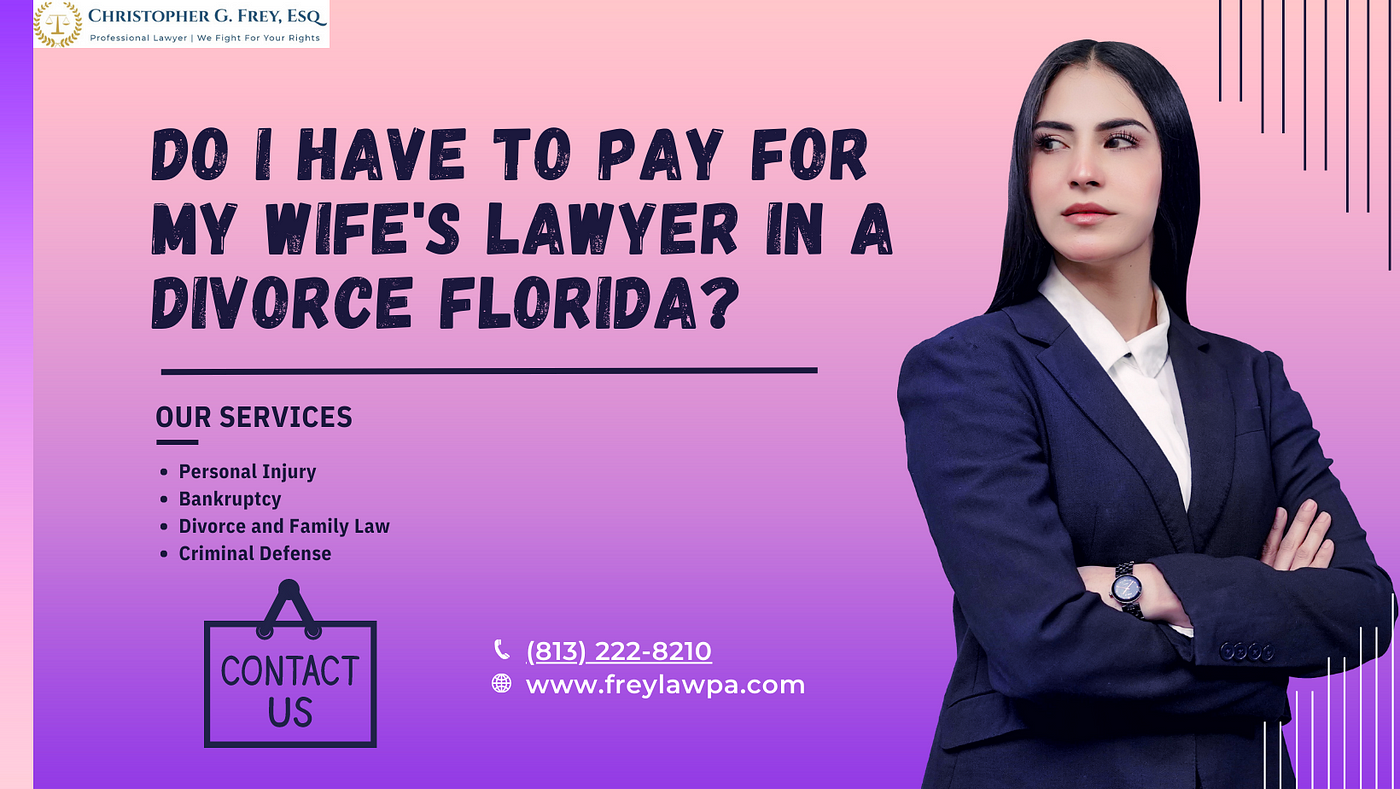Car Insurance and Accidents
Car insurance is a legal requirement in most countries, and it provides financial protection in the event of an accident. If you’re involved in an accident, your car insurance can help cover the costs of damages to your vehicle, as well as medical expenses for you and your passengers. It can also provide coverage for legal fees if you’re sued as a result of the accident. There are many different types of car insurance policies available, so it’s important to shop around and compare quotes before you buy a policy.
What Happens If You’re in an Accident?
If you’re involved in a car accident, the first thing you should do is pull over and check for injuries. Once you’ve ensured that everyone is okay, you should call the police and file a report. You should also exchange contact and insurance information with the other driver(s) involved in the accident. If you have a dashcam, be sure to save the footage as it may be helpful in determining fault. Once you’ve taken care of these immediate steps, you should contact your insurance company and report the accident. Your insurance company will then investigate the accident and determine how much coverage you’re entitled to. They will also work with you to repair or replace your vehicle and cover any medical expenses you may have incurred.
What Does Car Insurance Cover?
Car insurance policies typically cover the following:
- Property damage liability: This coverage pays for damage to someone else’s property if you’re at fault for an accident.
- Bodily injury liability: This coverage pays for medical expenses and other damages suffered by other people in an accident if you’re at fault.
- Collision coverage: This coverage pays for damage to your vehicle if you’re involved in an accident, regardless of who’s at fault.
- Comprehensive coverage: This coverage pays for damage to your vehicle caused by events other than collisions, such as theft, vandalism, and weather damage.
How Much Car Insurance Do I Need?
The amount of car insurance you need depends on a number of factors, including the value of your vehicle, the amount of money you can afford to pay for deductibles, and the amount of risk you’re willing to take. It’s important to speak with an insurance agent to determine the right amount of coverage for you.
Car Insurance With Accident: What You Need to Know
If you’ve been in a car accident, you know how stressful it can be. Not only do you have to deal with the physical and emotional trauma, but you also have to worry about the financial burden. That’s where car insurance comes in. It can help you cover the costs of repairs, medical bills, and other expenses related to an accident.
Types of Car Insurance
There are different types of car insurance, each with its own coverage limits and deductibles. The most common types are:
- Liability insurance: This covers damage to other people’s property and injuries caused by you or someone driving your car with your permission. It’s required by law in most states.
- Collision insurance: This covers damage to your own car, regardless of who is at fault. It’s not required by law, but it can be a good idea if you have a newer car or a car loan.
- Comprehensive insurance: This covers damage to your car from non-collision events, such as theft, vandalism, or weather damage. It’s not required by law, but it can be a good idea if you live in an area with a high crime rate or if you have a newer car.
Factors That Affect Your Car Insurance Rates
The cost of your car insurance will vary depending on a number of factors, including:
- Your age
- Your driving record
- The type of car you drive
- Where you live
- The amount of coverage you choose
If you’ve been in an accident, your rates may go up. However, there are a number of things you can do to keep your rates down, such as taking a defensive driving course or installing a car alarm.
How to File a Car Insurance Claim After an Accident
If you’re involved in an accident, it’s important to file a car insurance claim as soon as possible. The sooner you file a claim, the sooner you’ll be able to get your car repaired or replaced and start the process of recovering from your injuries.
To file a claim, you’ll need to contact your insurance company and provide them with the following information:
- The date, time, and location of the accident
- The names and contact information of the other drivers involved
- The make, model, and year of your car
- The damage to your car
- Any injuries you or your passengers sustained
Once you’ve filed a claim, your insurance company will investigate the accident and determine how much you’re entitled to receive. If you’re not satisfied with the amount of the settlement, you can appeal the decision.
Car Insurance with Accident: A Guide to Navigating the Aftermath
Getting into a car accident can be a stressful and confusing experience. If you’re unfortunate enough to find yourself in this situation, it’s important to know what steps to take to protect your rights and ensure you get the compensation you deserve.
Filing a Claim
After an accident, the first step is to file a claim with your insurance company. This can be done online, over the phone, or in person. When you file a claim, you’ll need to provide the insurance company with the following information:
- Your name, address, and phone number
- The date, time, and location of the accident
- The names and contact information of the other drivers involved in the accident
- The make, model, and license plate number of the vehicles involved
- A description of the accident, including how it happened
- Any injuries or property damage you sustained
Documenting the Accident
Once you’ve filed a claim, it’s important to document the accident as thoroughly as possible. This will help you prove your case and get the full amount of compensation you’re entitled to. Take photos of the accident scene, including any damage to your vehicle or other property. If there were any witnesses to the accident, get their names and contact information. You should also keep a record of all medical expenses you incur as a result of the accident.
Negotiating with the Insurance Company
Once you’ve filed a claim and documented the accident, you’ll need to negotiate with the insurance company to settle your claim. This can be a complex and time-consuming process, but it’s important to be patient and persistent. Don’t be afraid to ask questions and stand up for your rights. If you can’t reach a fair settlement with the insurance company, you may need to file a lawsuit.
All The Messy Details Of Filing A Car Insurance Claim After An Accident
After a car accident, the last thing you want to do is deal with insurance companies. But if you’ve been in a crash, filing a claim is essential to getting your finances back on track.
Here’s a step-by-step guide to filing a car insurance claim after an accident:
- Call the police.
If anyone is injured in the accident, call the police immediately. The police will create a report that can be used to support your insurance claim.
- Take photos.
Take pictures of the damage to your car, the other car(s) involved in the accident, and the scene of the accident. These photos will help your insurance company assess the damage and determine how much you’re owed.
- Get a copy of the police report.
Once the police have completed their investigation, you can request a copy of the police report. This report will contain important information about the accident, such as the names and contact information of the other drivers involved and any witnesses.
- Contact your insurance company.
As soon as possible after the accident, contact your insurance company to report the claim. You will need to provide the insurance company with the following information:
- Your name, address, and phone number
- Your policy number
- The date, time, and location of the accident
- The name and contact information of the other driver(s) involved
- A description of the damage to your car
- Any injuries that you or your passengers sustained
The insurance company will then assign you a claims adjuster who will help you through the rest of the claims process.
- Get an estimate for the repairs.
Once you’ve contacted your insurance company, you’ll need to get an estimate for the repairs to your car. You can do this by taking your car to a body shop or by getting an estimate online.
- Submit your claim.
Once you have an estimate for the repairs, you can submit your claim to your insurance company. The insurance company will then review your claim and determine how much you’re owed.
- Get your car repaired.
Once your claim has been approved, you can get your car repaired. You can take your car to any body shop you want, but it’s a good idea to get recommendations from your insurance company or friends and family.
- Pay your deductible.
Most insurance policies require you to pay a deductible before your insurance company will pay for the repairs to your car. The deductible is a set amount of money that you’re responsible for paying out of pocket.
- Get reimbursed for your expenses.
If you have any expenses related to the accident, such as medical bills or lost wages, you can submit these expenses to your insurance company for reimbursement.
Car Insurance and Accidents: What to Do After a Crash
After a car accident, the last thing you want to deal with is insurance companies. But if you’ve been in an accident, it’s important to know your rights and what to expect when dealing with the other driver’s insurance company.
Dealing with the Other Driver’s Insurance Company
If the other driver was at fault for the accident, you will need to deal with their insurance company to get your claim paid. This can be a stressful and confusing process, but it’s important to remember that you have rights.
Here are some tips for dealing with the other driver’s insurance company:
- Be prepared: Before you call the insurance company, make sure you have all of the necessary information, including the police report, your insurance policy number, and the other driver’s insurance policy number.
- Be clear and concise: When you call the insurance company, be clear and concise about what happened. Don’t get bogged down in details, but make sure you give the adjuster all of the relevant information.
- Don’t sign anything: The insurance company may try to get you to sign a release of liability. Do not sign anything until you have had a chance to speak with an attorney.
- Get everything in writing: Make sure you get everything in writing from the insurance company, including the claim number, the adjuster’s name and contact information, and any correspondence you receive.
- Don’t be afraid to ask questions: The insurance company is supposed to help you. Don’t be afraid to ask questions if you don’t understand something.
Dealing with the other driver’s insurance company can be a hassle, but it’s important to remember that you have rights. By following these tips, you can help ensure that you get the compensation you deserve.
Car Insurance with Accident: Everything You Need to Know
When you’re involved in a car accident, the last thing you want to worry about is dealing with insurance companies. You’re likely already stressed and overwhelmed, and the thought of filing a claim and dealing with adjusters can be daunting. That’s why it’s important to understand your car insurance policy and know what to expect when you file a claim.
One of the most important things to know is whether or not your policy covers rental cars. If your car is not drivable, you’ll need a way to get around while it’s being repaired. A rental car can provide you with the transportation you need to get to work, school, or other important appointments.
Getting a Rental Car
If your car is not drivable, you may be able to get a rental car through your insurance company. Most policies provide coverage for rental cars, but there are some restrictions. For example, you may only be able to rent a car for a certain number of days or you may have to pay a deductible. Also it’s important to know that some insurance companies require you to get pre-approval before renting a car
To get a rental car through your insurance company, you will need to file a claim. You can do this online, over the phone, or in person at your insurance company’s office. Once you have filed a claim, your insurance company will assign you a claims adjuster. The claims adjuster will review your claim and determine if you are eligible for a rental car.
There are a few things you can do to increase your chances of getting a rental car through your insurance company.
Car Insurance With Accident: What You Need to Know
Let’s face it: accidents happen. Whether you’re the one at fault or not, dealing with the aftermath can be a headache. One of the most important things you’ll need to sort out is your car insurance.
How Car Insurance Works
Car insurance is a type of insurance that helps cover the costs of damages to your vehicle or property in the event of an accident. It can also help cover medical expenses for you and your passengers.
What to Do After an Accident
If you’re involved in an accident, it’s important to stay calm and follow these steps:
- Call the police.
- Exchange information with the other driver(s) involved.
- Take pictures of the damage.
- Contact your insurance company.
Filing a Claim
Once you’ve contacted your insurance company, they will send an adjuster to assess the damage to your vehicle. The adjuster will then determine how much your claim is worth.
Negotiating a Settlement
Depending on the circumstances, you may be able to negotiate a settlement with the other driver’s insurance company instead of going through the court system. When negotiating a settlement, it’s important to do your research and understand the value of your claim. You can also get help from a lawyer if needed.
Tips for Negotiating a Settlement
- Be prepared. Do your research and understand the value of your claim.
- Be realistic. Don’t expect to get everything you want.
- Be willing to compromise. You may not get everything you want, but you should be able to get a fair settlement.
- Don’t be afraid to walk away. If you’re not happy with the settlement offer, you can always walk away and go through the court system.
Additional Tips
- Keep all documentation related to the accident, including police reports, medical bills, and estimates for repairs.
- Be prepared to answer questions from your insurance company and the other driver’s insurance company.
- Be patient. The claims process can take time.




Leave a Reply